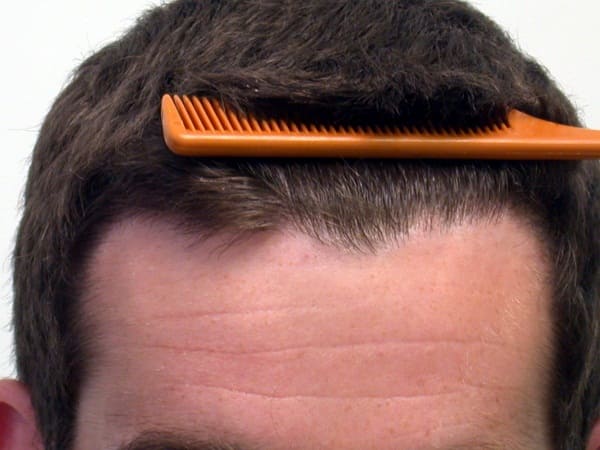
How Fue Hair Transplant Process Works?
June 30, 2015
Preoperative Care for Hair Transplant Treatment
July 2, 2015Post Operative Care for FUE Hair Transplant Surgery

FUE hair transplant is an excellent method for you if you are looking for quick healing and less downtime. In today’s busy lifestyle, timely healing and less downtime can be deciding factors for having or not having a hair transplant. Probably this is the reason more and more hair loss patients are opting for Follicular Unit Extraction nowadays.
FUE Hair Transplant Post Operatives
If you are also a candidate for the procedure, here is a guide for post operative care for FUE hair transplant surgery to help you enjoy a smooth and uneventful recovery.
1. Cold Compressions for Pain Management:
Cold compressions comprise the simplest and safest pain management recipe. Apply cold compressions to the scalp every 3 to 4 hours for 24 to 48 hours after the surgery. Be very gentle while applying cold compressions to the scalp. Also sleep with your head elevated on the night of the surgery and for the next few nights.
2. Apply Ointment To Donor Area To Speedup Healing:
Your surgeon may prescribe you an ointment to apply on the donor area. If he does, apply a thin layer of the ointment to the donor area and use Tefla pads to prevent the ointment getting on the pillow before you go to bed. Use the ointment as prescribed by the doctor.
3. Pain Management Medications:
There is a common misconception that painkillers should be avoided after a hair transplant as they can hinder hair regrowth. This is mere myth. In fact, surgeons usually prescribe painkillers to hair transplant patients and you should take those medications according to the instructions. However, avoid painkillers that fall under the category of blood thinners like aspirin and its products.
4. Washing the Scalp after FUE Hair Transplant:
It is ok to wash donor area on the next day after surgery. In fact, it is recommended to wash your head three times on the first day after surgery and two times for the rest of the week. Washing helps remove the scabs naturally from the donor area, without causing slightest of trauma to the scalp tissues. This speeds up the healing process. It is pertinent to mention here that picking at the scab or try to remove it forcefully is strictly prohibited or this will damage the hair follicles by inducing skin infection.
5. Downtime after Surgery:
Like any other hair transplant method, FUE is also an outpatient procedure performed with local anesthesia. You will be free to go home immediately after the surgery. Your scalp will be sore and tender but these symptoms can alleviated with pain medications prescribed by the doctor. Virtually, you can go to work the very next day. The only problem you may face is concealing your head. If you have an effective plan to conceal your head, you can have a hair transplant on the weekend. A rest of two to three days is more than enough to get you back in form.
6. Downtime for FUE is less than that for FUT, you know why?
Downtime for FUE is considerably less than that for FUT hair transplant and this is because the former does not excise any portion of scalp to extract donor hair follicles. It uses a small tool that surrounds each hair follicle and extracts it one by one. This produces small pinhole wounds. These small pinhole wounds heal very quickly as compared to a major wound produced by the conventional strip harvesting method.
Some Other Precautions:
• Avoid alcohol for 3 to 5 days following the surgery
• Refrain from smoking for at least 15 to 20 days
• Do not use hair loss concealing fibers for the first 7-10 days.
• Avoid hot hair dryer during these days.
• You can resume most of the routine activities by the 4th or 5th day
• Avoid strenuous activities for several weeks, until your surgeon allows you
These are general safety guidelines that you need to follow after FUE Hair Transplant surgery. At FUE Hair Transplant Saudi Arabia Clinic, our surgeons also provide the patients a list of post-op instructions to help them recover quickly and uneventfully. Follow these guidelines carefully if you want to get the most out of the effort and money you have put into your hair transplant.

